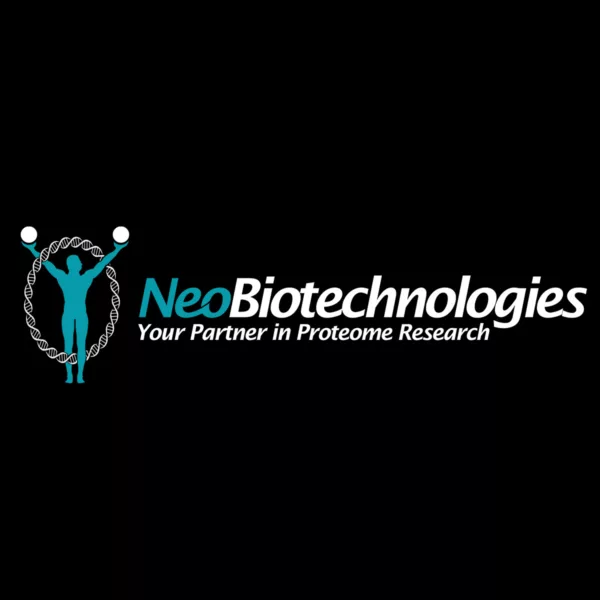Free Shipping in the U.S. for orders over $1000. Shop Now>>

Human immunodeficiency virus (HIV) is a retrovirus that causes acquired immune deficiency syndrome (AIDS), a condition in humans in which the immune system begins to fail, leading to life-threatening opportunistic infections. HIV mainly infects vital cells in the human immune system such as helper T cells (specifically CD4+ T cells), macrophages and dendritic cells. Two species of HIV infect humans: HIV-1 and HIV-2, with HIV-1 being the more virulent strain. The gag gene of human immunodeficiency virus 1 (HIV-1) encodes a precursor protein known as Pr55Gag. The viral protease PR cleaves this precursor to generate p17, p24, p7, and p6 proteins, which are required for virus particle assembly. HIV-1 Gag p24 is a capsid protein that constitutes the core of AIDS virus HIV-1. p6 and p7 are the components of the nucleocapsid, and p17 provides a protective matrix. HIV-1 Gag p24 is indispensable to the reproduction of AIDS virus and constitutes an essential element for the AIDS virus particle construction. As this protein is detectable from the early stage of AIDS virus infection, its measurement is commonly used as an indicator of HIV-1 infection and viral load.
There are no reviews yet.